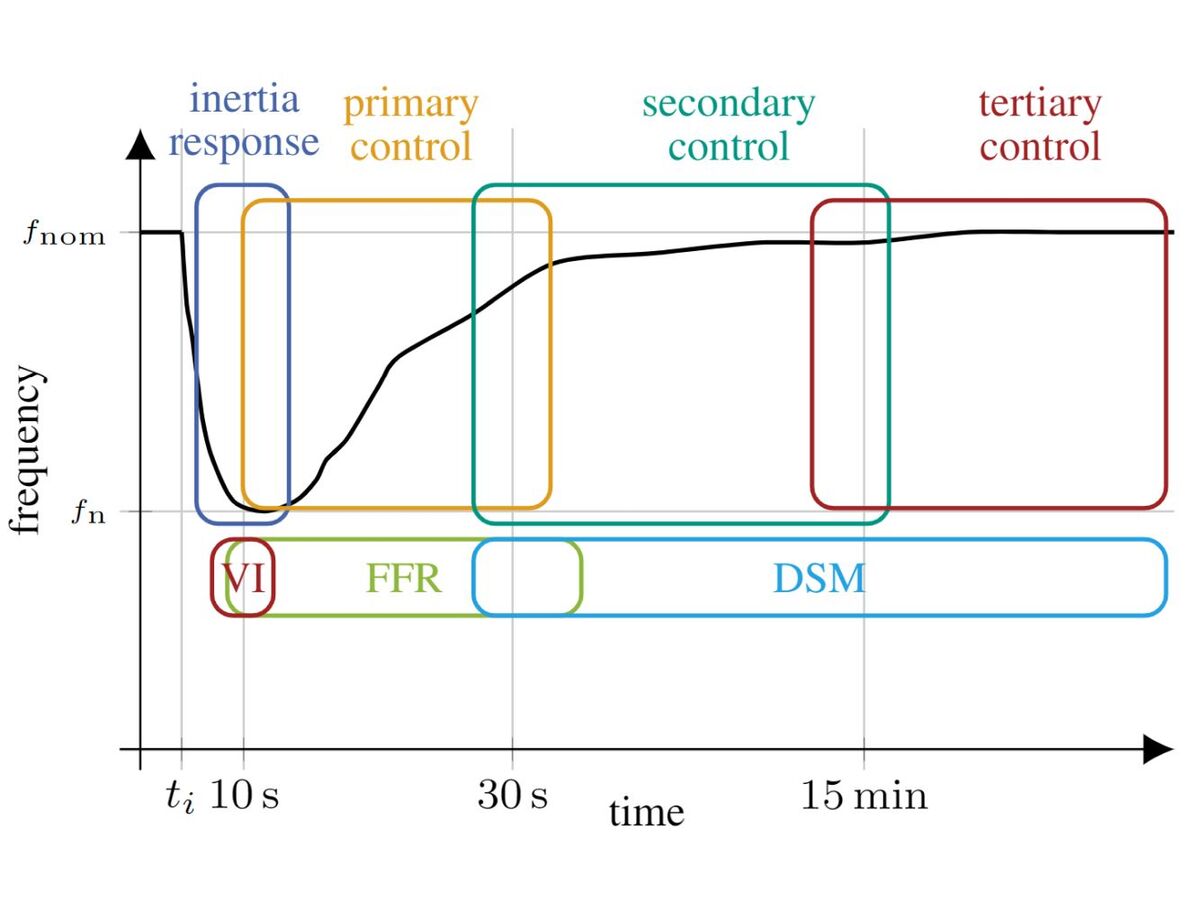
Article in “IEEE Spectrum Magazine” about current IAI research
- Source:
- Date: 2024-02-22
-
As part of the “IEEE Journal Watch” series of the “IEEE Spectrum” magazine, the article “Survey of Real-World Grid Incidents – Opportunities, Arising Challenges and Lessons Learned for the Future Converter Dominated Power System” by the authors Jan Wachter, Prof. Lutz Gröll and Prof. Veit Hagenmeyer was reported in detail in the article “Studying Yesterday's Blackouts to Head Off Tomorrow's”.
Abstract:
To reach the climate goals set by national and international institutions, a vast transition of the legacy power system is unavoidable. The necessary integration of distributed, renewable generation devices, which are often interfaced with power electronic converters, has a non-negligible influence on the characteristics of the power grid. This is particularly visible during abnormal grid conditions such as faults. For rotating machines, the fast-timescale reaction to these events is mainly determined by physical properties. However, power electronic devices lack this strong coupling and their behavior is generated by the control and automation system, making them a major field of interest during this transition. The present paper provides a survey of real-world incidents, as for example blackouts or oscillatory incidents, that are discussed with respect to the implications for future converter dominated power grids. For typical cascading outages it is shown, where the increasing penetration of distributed, renewable generation and smart grid technologies can be leveraged to increase the system resilience, e.g. by providing grid services through adequate control design or by enabling microgrid concepts. Further, real-world examples of newly emerging challenges driven by power electronic devices are presented. The mechanisms of control system interactions with the neighboring grid and its inherent complex dependency on various factors is illustrated. Lastly, resulting structural developments such as the changed resonance properties of low voltage grids and the increase of harmonic emissions are exemplified.
- Studying Yesterday’s Blackouts to Head Off Tomorrow’s - IEEE Spectrum
- Survey of Real-World Grid Incidents–Opportunities, Arising Challenges and Lessons Learned for the Future Converter Dominated Power System | IEEE Journals & Magazine | IEEE Xplore
- IEEE Journal Watch - IEEE Spectrum
- https://publikationen.bibliothek.kit.edu/1000165700

